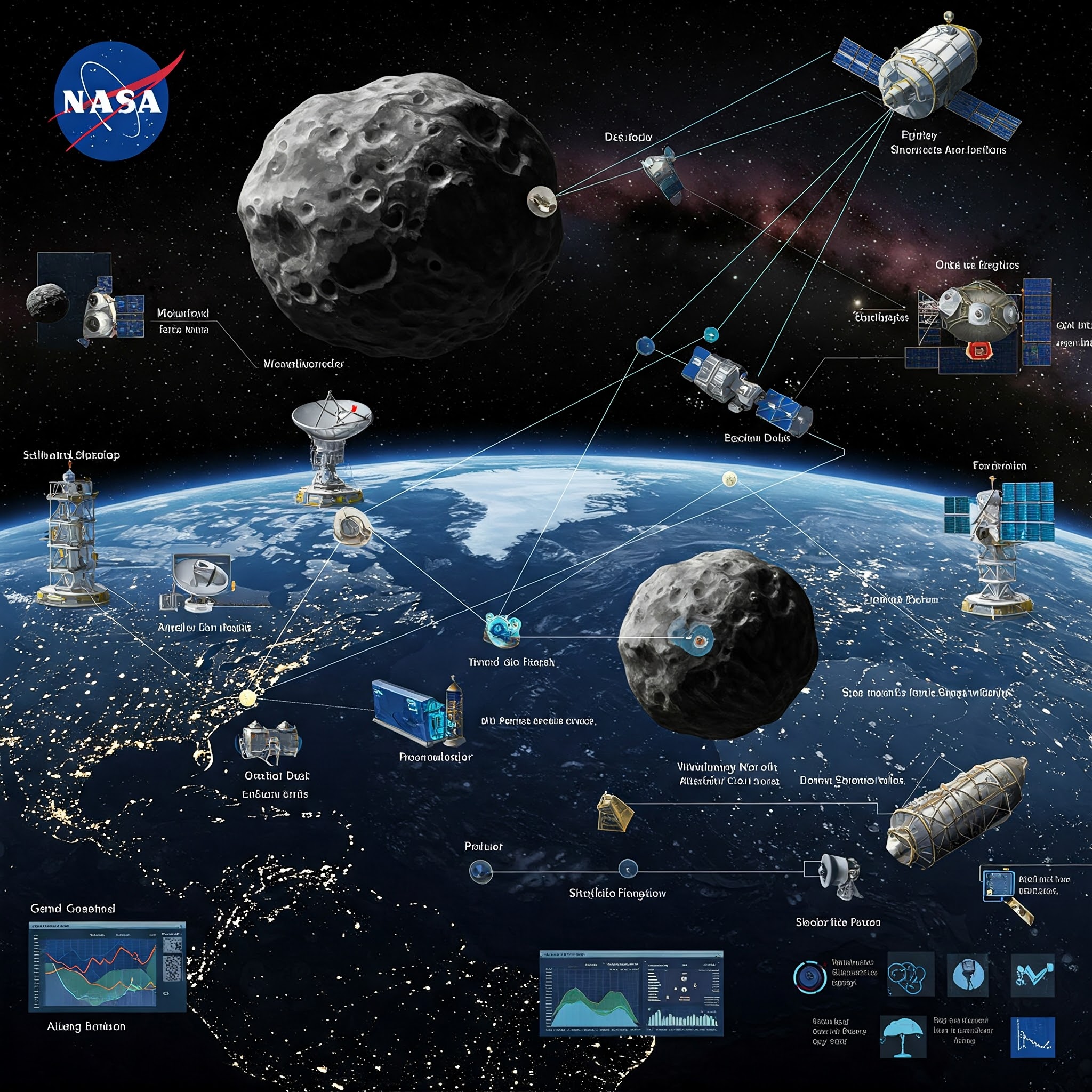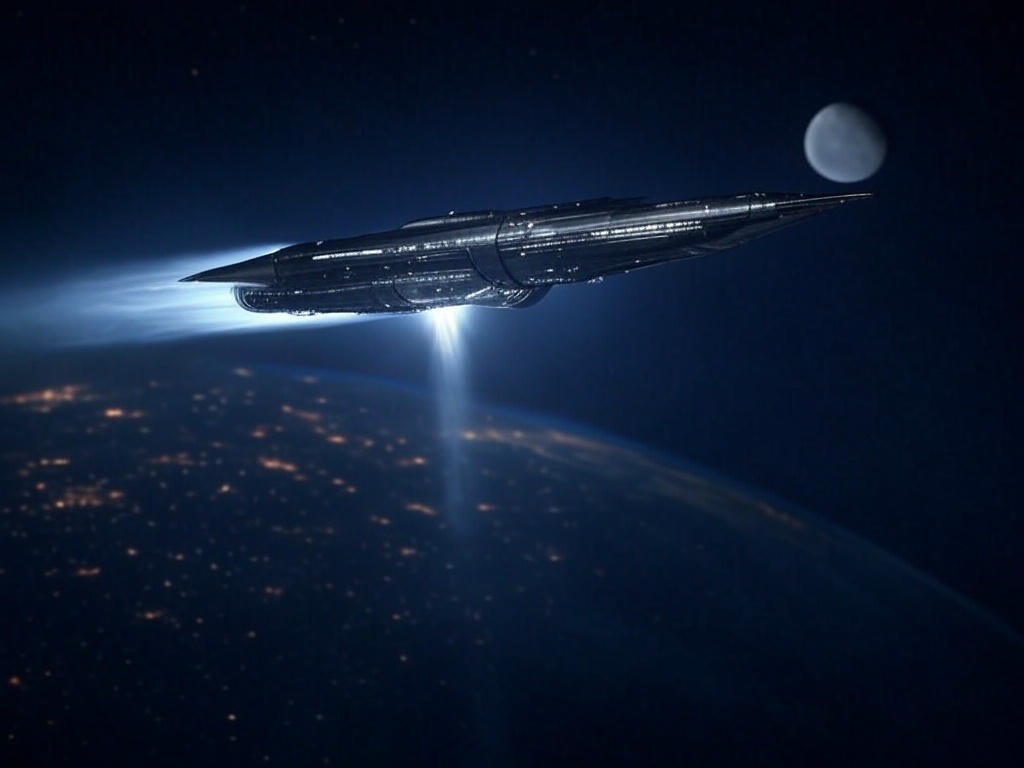NASA has been proactive in developing strategies to protect Earth from potential asteroid impacts, one of the most significant space-related threats. These efforts are crucial because, although asteroid impacts are rare, their potential to cause catastrophic damage could be devastating for life on Earth.

What Is the DART Mission?
NASA’s Double Asteroid Redirection Test (DART) mission is the agency’s first attempt to demonstrate planetary defense. Launched in 2021, DART aims to test an asteroid deflection technique by deliberately crashing into a small moon of a larger asteroid. This process, known as the kinetic impactor technique, will alter the moon’s trajectory, thus proving the feasibility of this method as a defense mechanism.
The DART spacecraft is targeting Didymos, a binary asteroid system consisting of a large primary asteroid and a smaller moon called Didymoon. The DART spacecraft will crash into Didymoon at a speed of 6.6 kilometers per second (about 14,764 mph). This high-speed impact is expected to change the moon’s orbit around the larger asteroid, slightly shifting its path in space.
Why Is It Important?
While the risk of an asteroid striking Earth is low, the consequences of such an event would be catastrophic. A large enough asteroid could cause mass extinction, similar to the event that is believed to have wiped out the dinosaurs 66 million years ago. By testing asteroid deflection strategies, NASA aims to prepare for the unlikely, but potentially disastrous, event of an asteroid impact.
Global Cooperation for Planetary Defense
NASA’s planetary defense efforts are not limited to the DART mission alone. The agency has been collaborating with space agencies around the world to track and monitor near-Earth objects (NEOs) that pose a potential threat to our planet. In addition to DART, NASA’s Planetary Defense Coordination Office (PDCO) works on identifying and cataloging NEOs and developing further strategies to mitigate the risks of an impact.
Through international partnerships, such as the Near-Earth Object Surveillance Mission (NEOSM), NASA and its allies are building a global network of telescopes and observational platforms to keep a vigilant watch on potential threats from space.
The Future of Planetary Defense
The success of the DART mission will serve as a major milestone in planetary defense and lay the groundwork for future asteroid mitigation missions. In the future, more advanced techniques could be developed to alter the path of larger asteroids or even divert them entirely. Technologies such as nuclear deflection, which involves detonating a nuclear device near an asteroid to alter its course, are also being explored as potential options.
NASA is also working on improving early detection systems to spot dangerous asteroids far in advance, giving humanity more time to prepare and respond if needed.
Conclusion
NASA’s efforts in planetary defense represent a vital step in safeguarding Earth from the threat of asteroid impacts. While the likelihood of a large asteroid hitting our planet is slim, preparing for such an event is essential. The DART mission is just the beginning, and as technology advances, humanity will be better equipped to prevent a catastrophic asteroid collision in the future.


